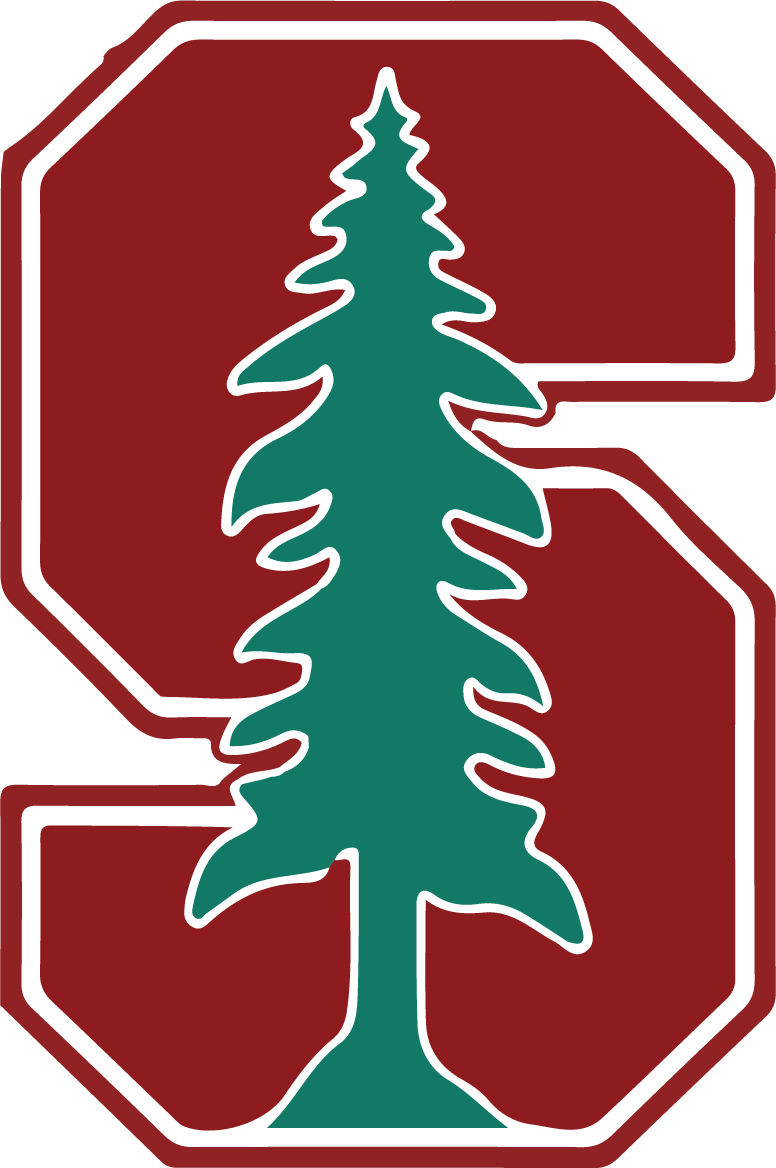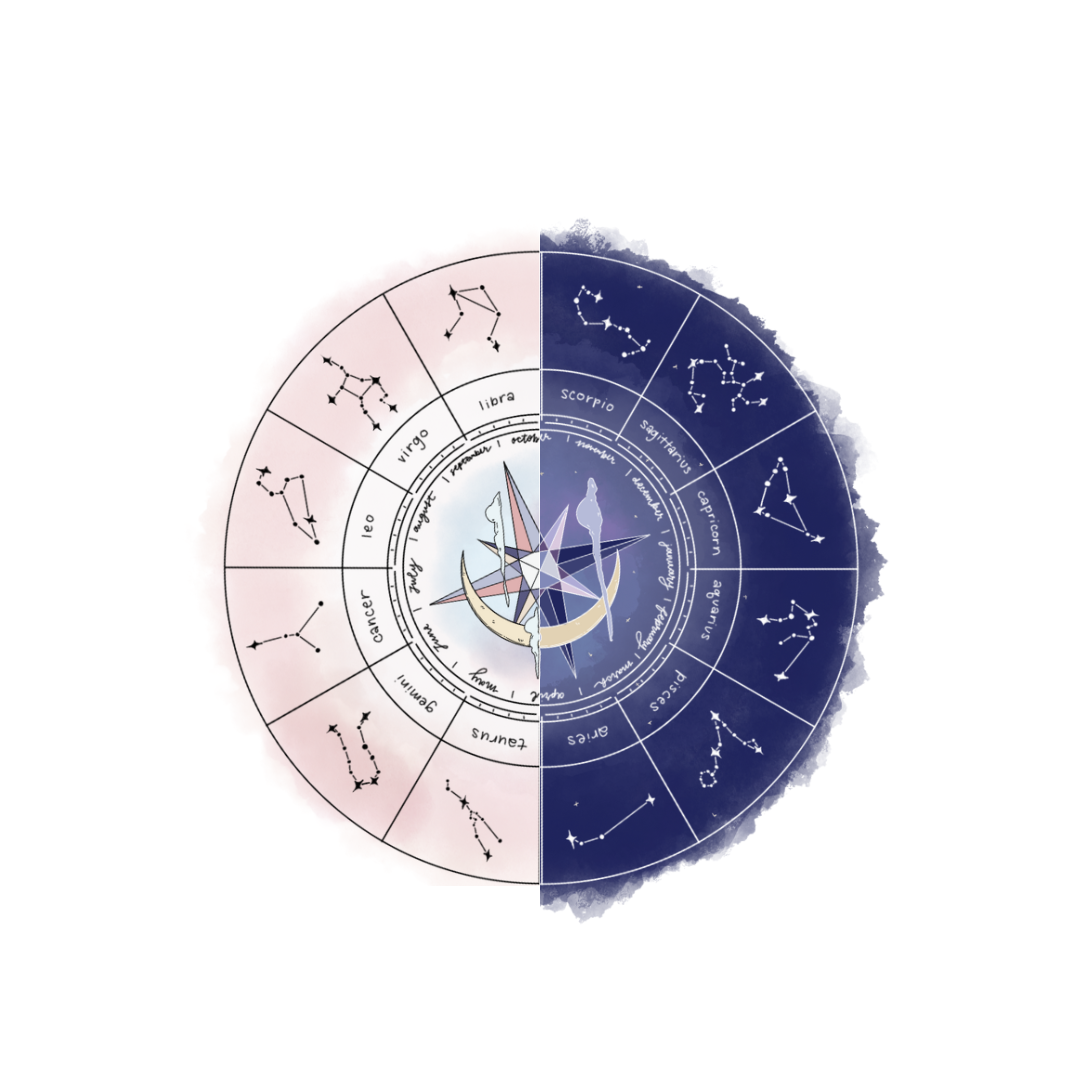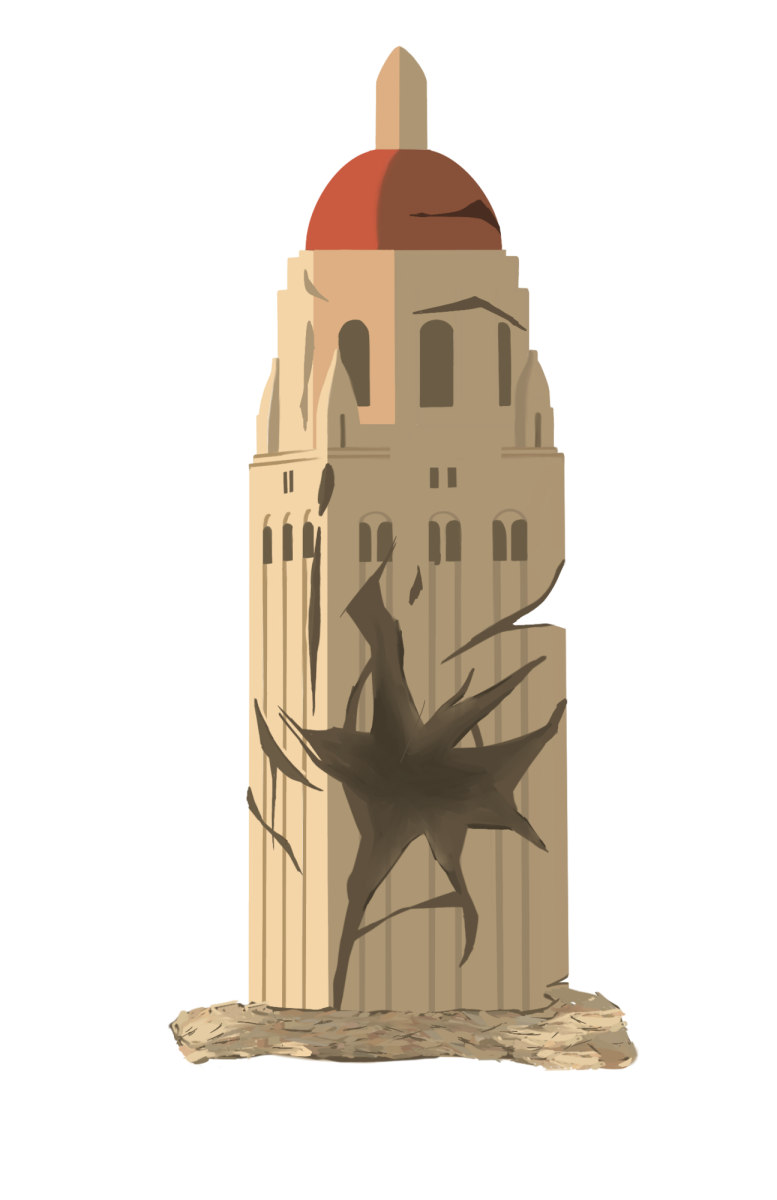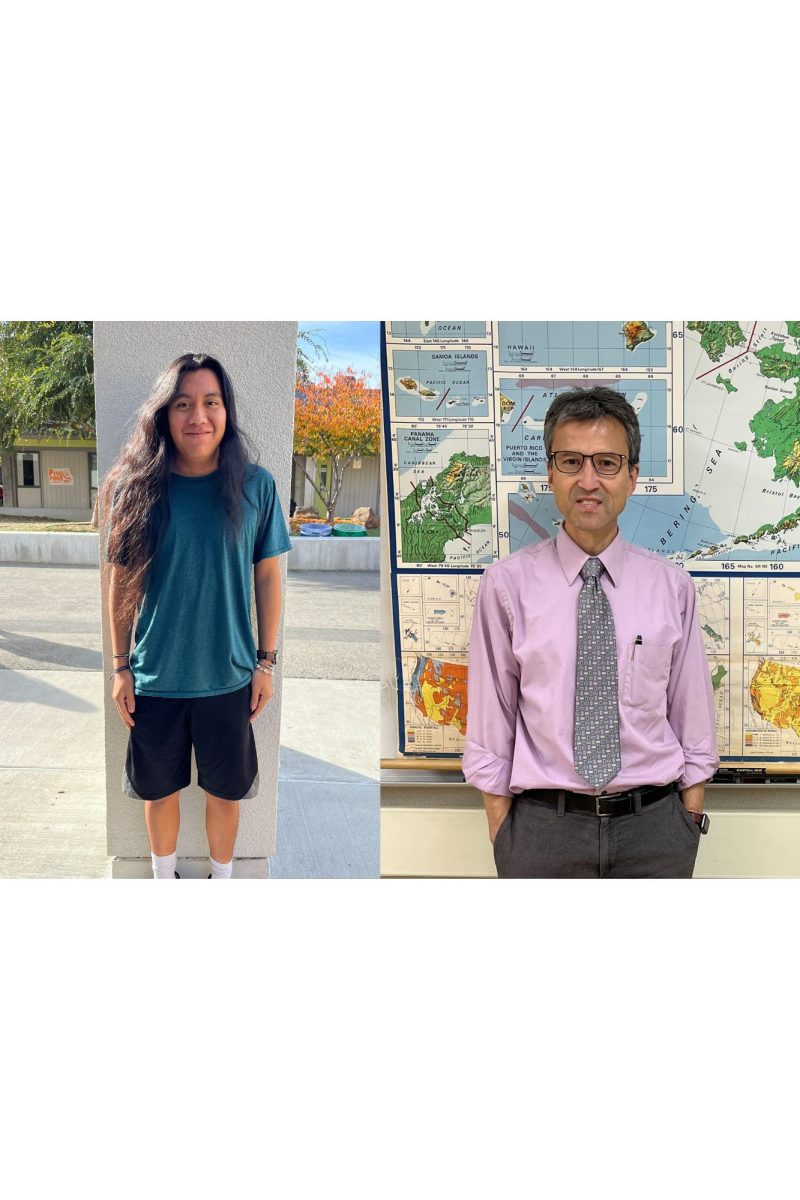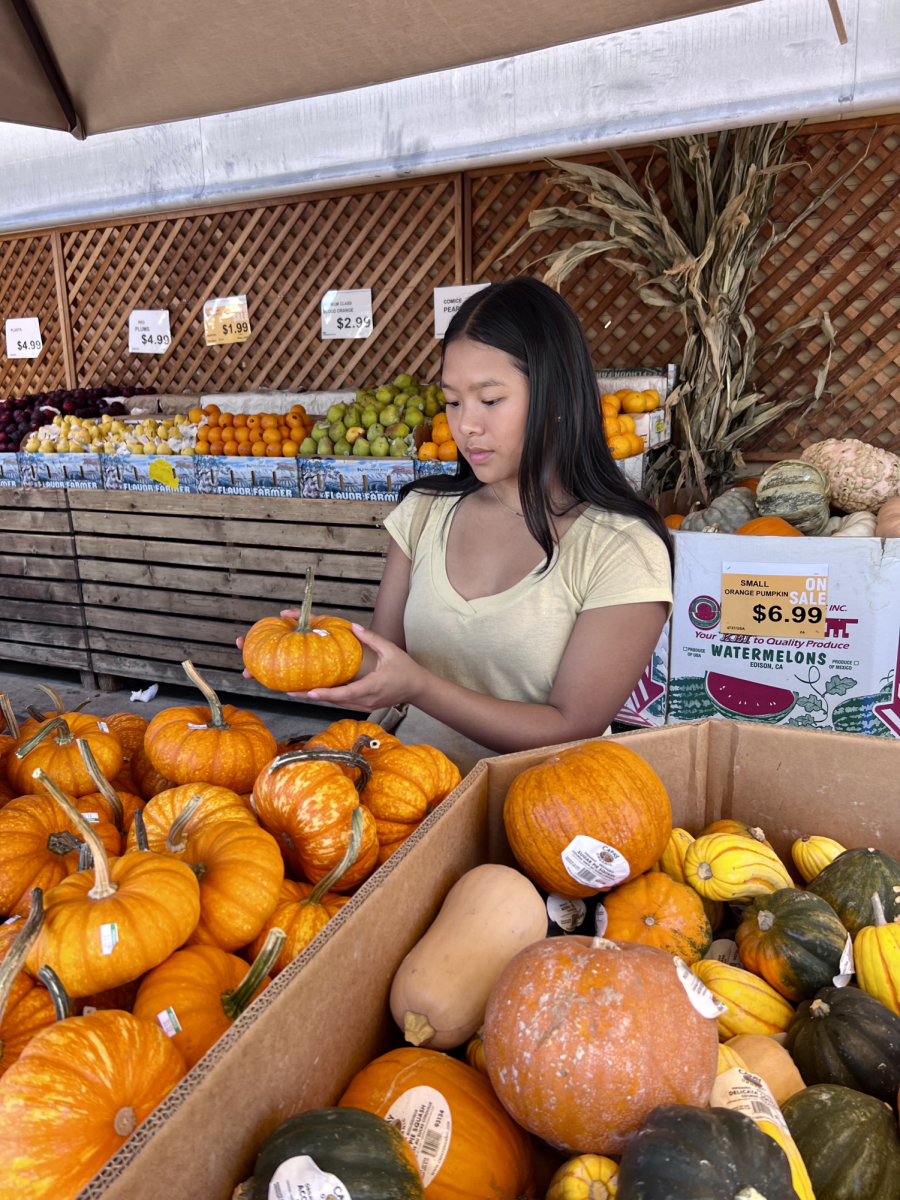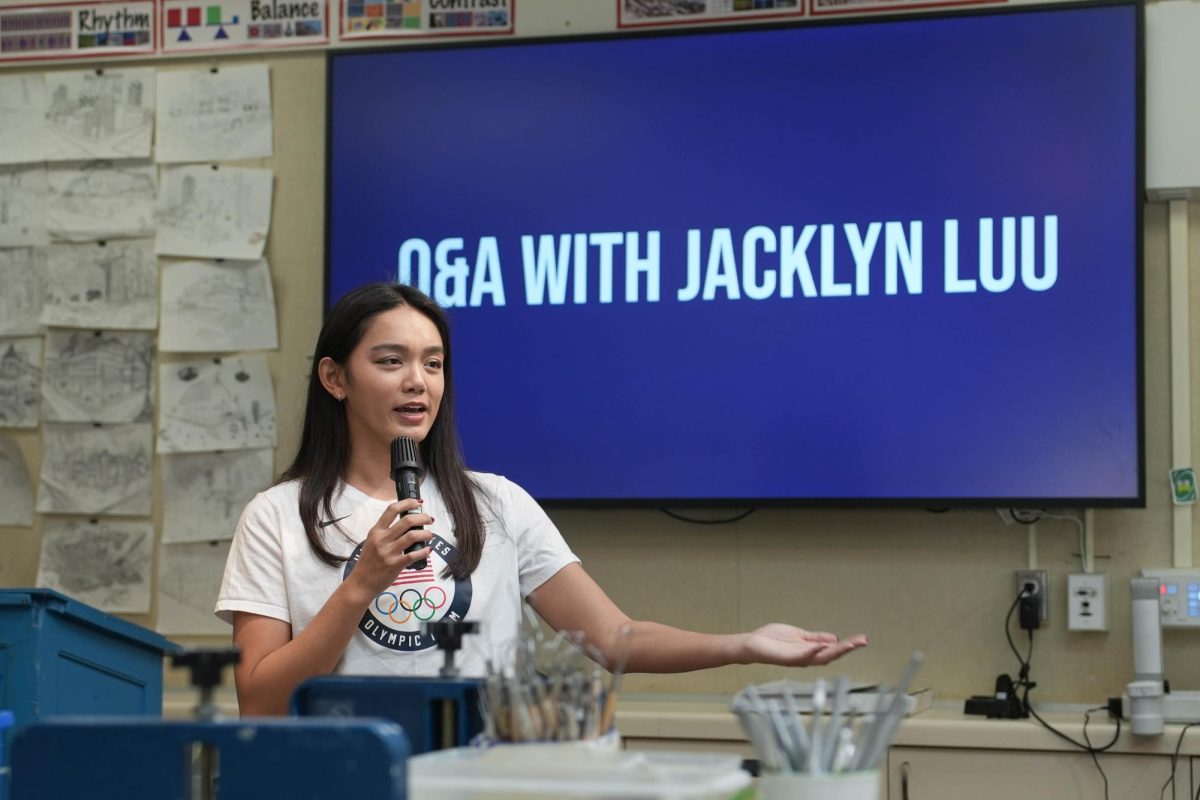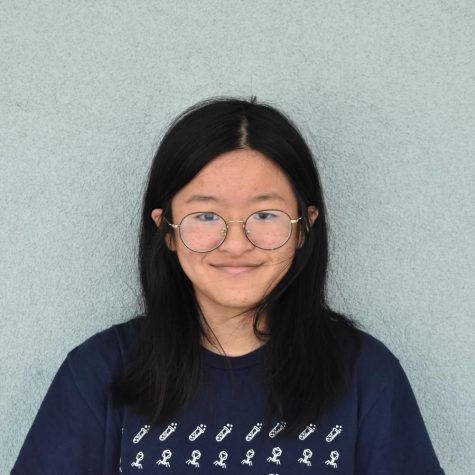Debates over free speech, inclusion and academic integrity have wracked university campuses over the past few months. This turbulence provides a space to examine the complex interplay between secondary and higher education: Stanford University, one of the institutions embroiled in these conflicts, has maintained strong ties with PAUSD since the district’s founding in 1893. In fact, many PAUSD schools — including Gunn and Paly — are built on land that was previously Stanford’s.
This longstanding relationship has fostered educational and cultural exchanges. Stanford professors pilot curricula in PAUSD schools, PAUSD students attend Stanford summer programs and many Stanford faculty members double as PAUSD parents.
According to Social Studies Instructional Lead Jeff Patrick, however, Stanford’s influence is strongest in the realm of teacher education. Many PAUSD teachers are trained through Stanford’s 12-month, full-time Stanford Teacher Education Program.
“The program exposes them to some of the resources that Stanford has, as well as some other approaches to teaching,” Patrick said.
Gunn departments also draw on Stanford’s resources for lesson plans. Originally founded at Stanford, the Digital Inquiry Group — previously known as the Stanford History Education Group — provides supplemental lesson plans for Gunn social studies classes. YouCubed, an organization founded by Stanford’s Dr. Jo Boaler, provides the curriculum for Gunn’s Introduction to Data Science course.
According to Gunn alumna and current Stanford freshman Olivia Pham, Stanford’s and Gunn’s educational approaches share striking similarities beyond curricula.
“There’s a strong emphasis on not just understanding concepts, but being able to apply them in slightly different ways you’ve never seen before,” she said. “While friends here have told me that math here at Stanford is much more rigorous than at their a pretty smooth transition between Gunn and Stanford.”
In that way, Stanford influences Palo Alto’s culture of — and value for — educational excellence. Gunn alumnus and current Stanford freshman Jules Lustig noted that Gunn and Stanford have the same “grind culture”: an atmosphere of constant drive, strict discipline and high standards.
During Gunn alumnus and current Stanford sophomore Alex Gu’s time with Gunn Math Circle, he took part in the Stanford Math Tournament, a nationwide high-school competition hosted by the Stanford University Math Organization. Student involvement extends beyond STEM, however: Current Gunn sophomore Emerson Chang took part in the Stanford Humanities Circle and found herself interested by the discussion-based, grade-free nature of the program.
“Stanford provides Gunn students with many educational opportunities outside of high school, which allows them to explore their personal interests in unique ways,” Chang said.
Gunn alumnus and current Stanford freshman Jude Hardan hopes for further cooperation between Gunn and Stanford.
“Having such a prestigious academic institution close to Gunn and not using it for collaborations to enhance the educational experience is not the best use of resources for students,” he said.
Lustig echoed this sentiment, adding that he’d like to see a Stanford-Gunn course centered around eliminating students’ fear of failure and instead inculcating love for a subject or field.
“It would be really cool to facilitate some sort of program out of class,” Lustig said. “Something that involves getting away from the numerical grade that is not a measure of intelligence and not a measure of how successful you are in any way.”



